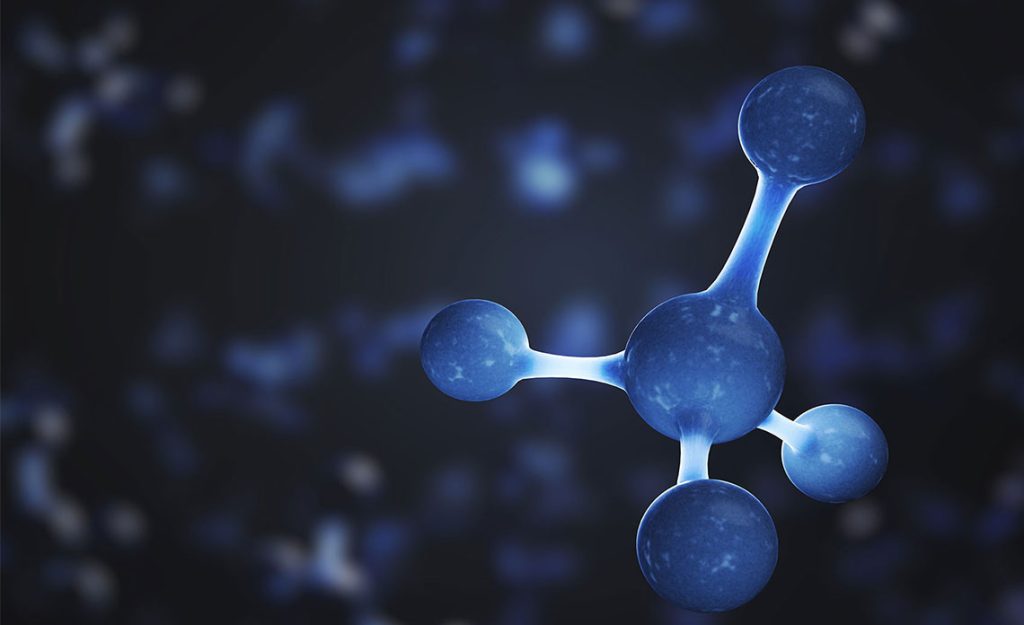Crude oil is composed of many hydrocarbons. Hydrocarbons include various organic compounds that are mainly made of carbon C and hydrogen H elements. The bond between the elements in these molecules is a hydrogen-carbon bond, a covalent bond, and in other words, there is no ionic bond in these compounds.
In addition to hydrogen and carbon, other elements such as sulfur S, nitrogen N, and oxygen O are found in crude oil compositions. The higher the amount of sulfur in hydrocarbon compounds, it changes the physical behavior of the compound and makes it non-corrosive. Also, with the increase of sulfur, compounds become heavier and oil refining becomes more difficult. The lower the substitution elements in the hydrocarbons, the lighter and purer the crude oil.
Hydrocarbons are divided into two main categories, aliphatic and aromatic:
Aliphatic hydrocarbons
These compounds have a cyclic or chain structure. In general, aliphatic hydrocarbons are divided into the groups of alkanes, alkenes, alkynes and similar cyclic compounds (cycloalkanes or naphthenes).
Alkanes (paraffins)
The simplest and lightest molecules are paraffin series, which have simple and saturated bonds in the form of chain or linear molecules and can have side branches. Light paraffins are specific to natural gas and heavier types are found in crude oil. The simplest is methane with the chemical formula CH4.
Alkanes
There are hydrocarbons whose general formula is CnH2n and in their structural formula there is a C=C double bond between two carbons.
Alkynes
are hydrocarbons that have a triple bond between two carbon atoms in their molecules. Their universal formula is CnH2n-2.
Cyclic hydrocarbons (cycloalkanes or naphthenes)
The simplest cyclic hydrocarbons have simple and saturated bonds that can have side branches. Unlike in crude oil, naphthenes are rare in gases. The purer the crude oil, the higher the amount of naphthenic compounds in it.
Aromatic hydrocarbons
Cyclic hydrocarbons with double and simple bonds that have benzene and unsaturated structural units.
Among aromatic compounds, asphaltic hydrocarbons are heavy compounds of aromatic hydrocarbon structures that exist in crude oil. Asphaltic hydrocarbons include a combination of large number of aromatic ring molecules, along with O, N, S elements, which are very heavy and unsaturated. These compounds do not have a specific general formula and are mostly found in low-quality and thick heavy crude oil or in solid oils (natural asphalt).




